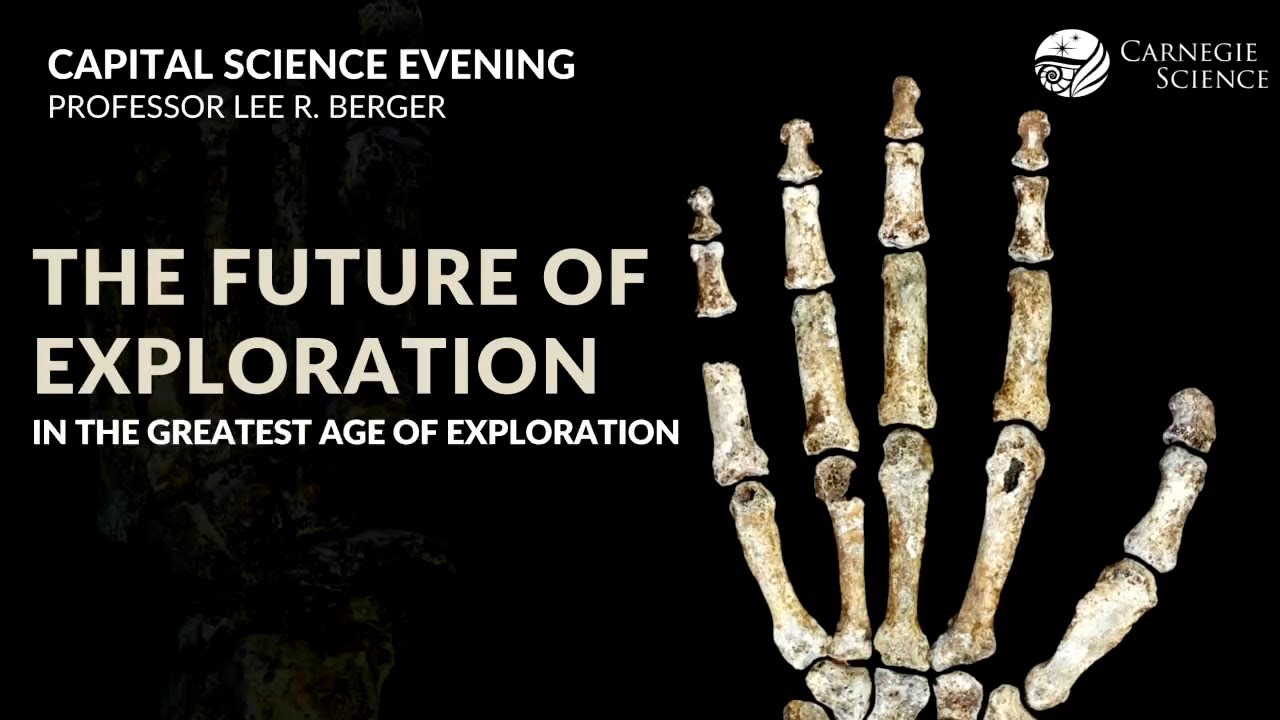The DNA of one human cell—two copies of our “genome”—would stretch almost two meters if fully extended. However, normally it’s tightly packaged in 46 chromosomes. About 20,000 genes are distributed along this DNA; they carry the information for building and operating a human. Any particular gene is located at a specific place in a chromosome and, normally, stays there. Carnegie scientist Barbara McClintock discovered, in corn, that some genes jump from one place in a chromosome to another. Similar things occur in most organisms, including us. This discovery, which earned a Nobel prize, led to dramatic advances in understanding infectious disease, evolution, and the controls that turn genes on and off in specific places and tissues. This talk will discuss early life on Earth, how jumping genes may have influenced it, and why we should care about jumping genes now … for example if you use antibiotics.
Dr. Matthew Scott, President, Carnegie Science #JumpingGenes
Broad Branch Road Neighborhood Lecture, Events





